One hundred years after the death of John Singer Sargent (Florence, 1856 - London, 1925), the Metropolitan Museum of Art in New York is dedicating a major retrospective to the artist entitled Sargent and Paris, which will open to the public from April 27 to August 3, 2025. The exhibition aims to be the most important international exhibition on Sargent’s work since 1998, as well as the first monographic exhibition dedicated to him in France. The initiative is the result of a collaboration between the Met and the Musée d’Orsay in Paris, and includes nearly one hundred works: paintings, watercolors, drawings, and portraits by Sargent, alongside works by his contemporaries. The exhibition focuses on the pivotal years of Sargent’s artistic formation and rise, from his arrival in Paris in 1874, when he was only 18, to the mid-1980s, a period marked by the famous and controversial portrait Madame X (1883-84). The work, which was exhibited at the Paris Salon, caused a scandal but helped consecrate the painter’s fame. The exhibition is curated by Stephanie L. Herdrich for the Met and by Caroline Corbeau-Parsons and Paul Perrin for the Musée d’Orsay, with support from Caroline Elenowitz-Hess. It is made possible by the Marguerite and Frank A. Cosgrove Jr. Fund, with additional contributions from Bank of America, GRoW @ Annenberg, Sam and Janet Salz Trust, Jim Breyer, Aaron I. Fleischman and Lin Lougheed Fund, Trevor and Alexis Traina. The project is also supported by a federal grant from the Council on the Arts and the Humanities. The catalog is made possible by GRoW @ Annenberg and the William Cullen Bryant Fellows.
“This magnificent exhibition will shed new light on a transformative period in the life and career of one of America’s most important painters,” says Max Hollein, director and CEO of the Met. “By placing Sargent’s work in the context of the city that shaped and inspired him, Sargent and Paris will illuminate the meteoric rise of this influential artist, offering new insights into his unique talent and his ability to capture the vibrant society in which he lived.”
“Sargent’s career was indelibly shaped by his time in Paris,” said Stephanie L. Herdrich, curator of the Alice Pratt Brown section of American painting and drawing at the Met. “Over the course of an extraordinary decade, she created the boldest and most daring paintings in her oeuvre. Sargent and Paris will exhibit these visually stunning and ambitious works, shedding new light on his distinct artistic vision. We are thrilled to collaborate with the Musée d’Orsay to bring together this collection of great works in New York and Paris.”
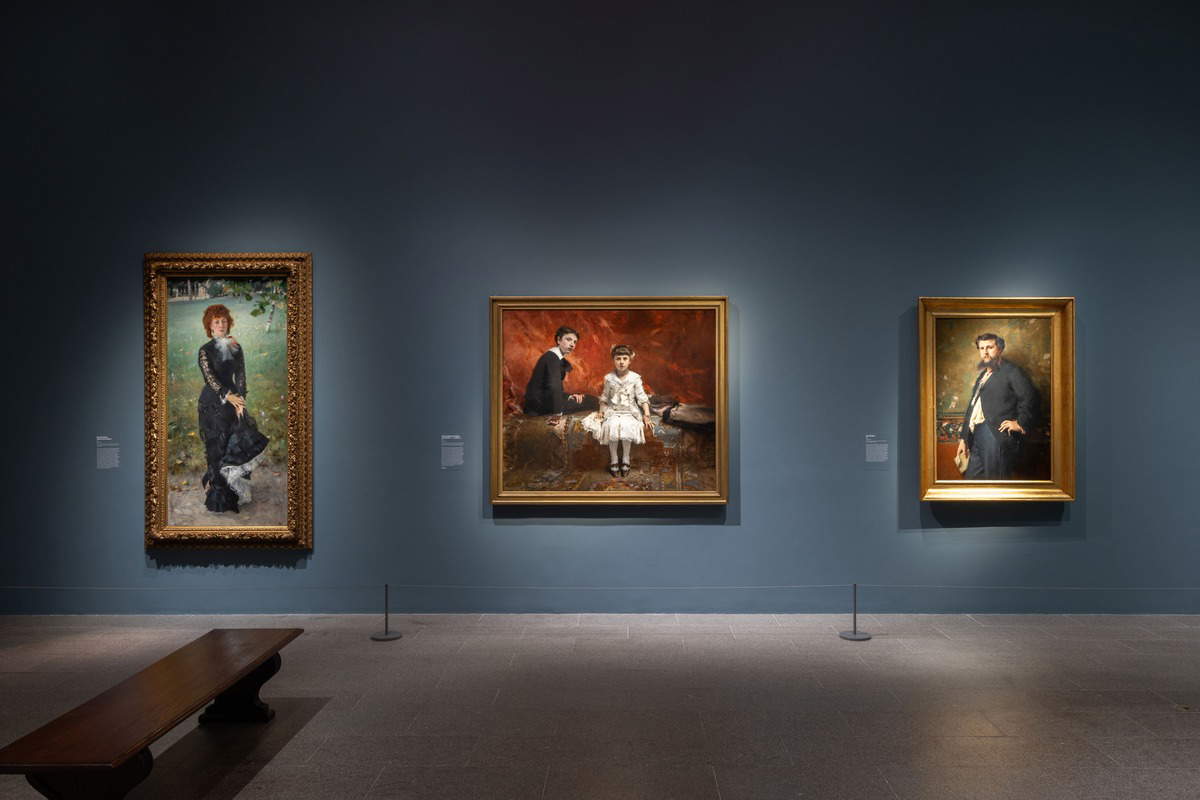
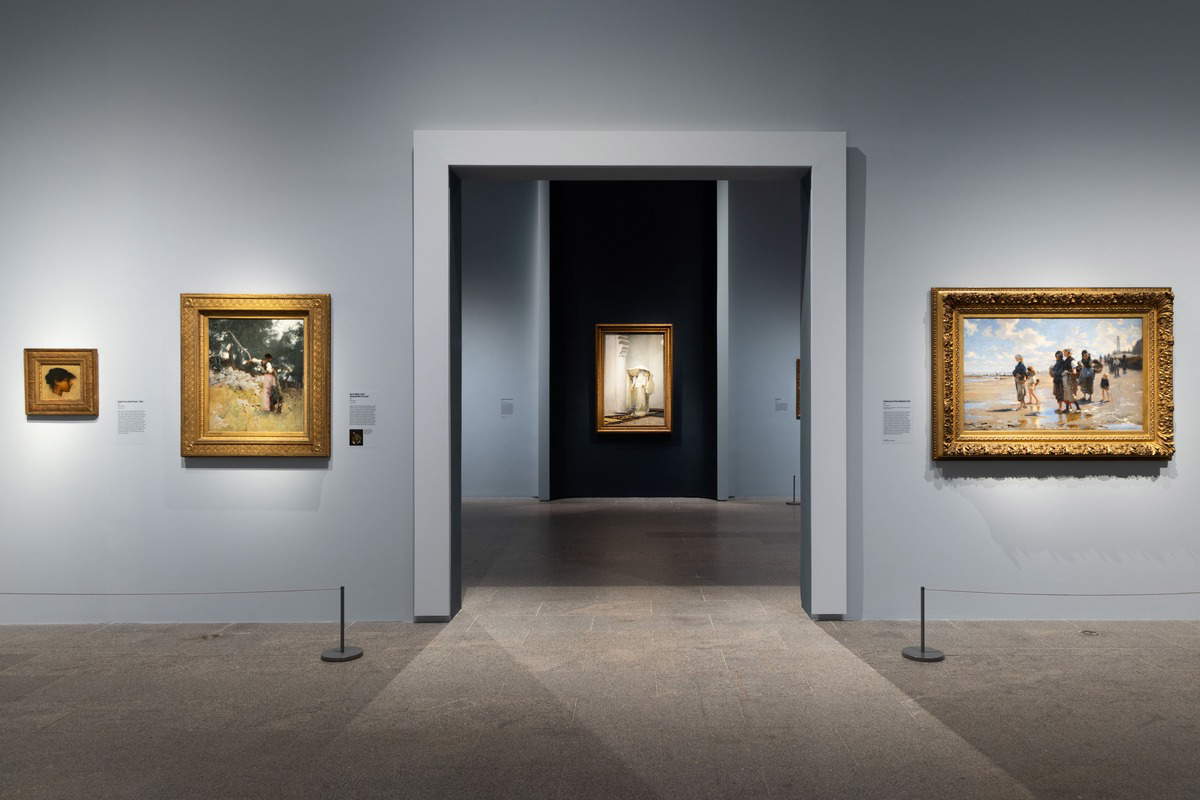
The exhibition opens with the section In the Studio, which documents Sargent’s early steps within the studio of French portrait painter Carolus-Duran, his master. Works from this period already reveal his technical mastery and also include studies executed at the École des Beaux-Arts. Of particular note is his first publicly exhibited painting, Portrait of Frances Sherborne Ridley Watts (1877). Beyond the Studio follows, illustrating the influence of the artist’s summer travels on his painting. From the French coast to Capri, to his first trip to the United States in 1876, Sargent approached painting en plein air and the themes dear to the Impressionists, producing works such as Dans les Oliviers à Capri and En route pour la pêche, which were appreciated at the Salon. The third section, The Lure of Travel, explores the impact that the art and culture of Spain, Morocco and Venice had on his pictorial language. Works from this period show the artist’s fascination with the “exotic” and the picturesque, with architectural and popular subjects, as evidenced by such emblematic works as Fumée d’ambre gris (1880). In the 1980s Sargent combined his passion for travel with an increasingly intense studio activity, culminating in the creation of innovative and sophisticated portraits. In Fascinating Portraits figures such as the surgeon Dr. Pozzi and the entire Pailleron family, portrayed in three famous canvases that will be brought together for the occasion, emerge.
The climax of the exhibition is The Most Talked About Painter in Paris, where The Daughters of Edward Darley Boit (1882), a psychological portrait of great modernity, stands out, exhibited alongside Las Meninas, After Velázquez, a testament to Sargent’s debt to the Spanish master Diego Velázquez.
Friendship and Patronage investigates the social and cultural network Sargent built in the French capital, among writers, artists and patrons. Portraits of Louis de Fourcaud, Emma Allouard-Jouan and Margaret Stuyvesant Rutherfurd White demonstrate the crucial role of women and the cultural elite in the artist’s success. A separate section, La Parisienne, is devoted to the influences and models Sargent looked to, such as Carolus-Duran, Léon Bonnat, and Édouard Manet. These artists offered different interpretations of the modern Parisian woman, a source of inspiration and competition for the young Sargent. Madame X recounts the genesis of the portrait of Virginie Amélie Avegno Gautreau, an icon of beauty and transgression. The painting, judged immoral for its excessively low-cut dress, caused a wave of criticism, but today it is considered one of the pinnacles of modern portraiture. The exhibition also features several preparatory studies, including Madame Gautreau Drinking a Toast, which has never been exhibited outside the Isabella Stewart Gardner Museum in Boston. To enrich the display, The Paris Salon of 1884 recreates the atmosphere of the famous exhibition hall, with projections of the works exhibited that year and period materials, including cartoons and newspaper articles documenting the uproar caused by Madame X.
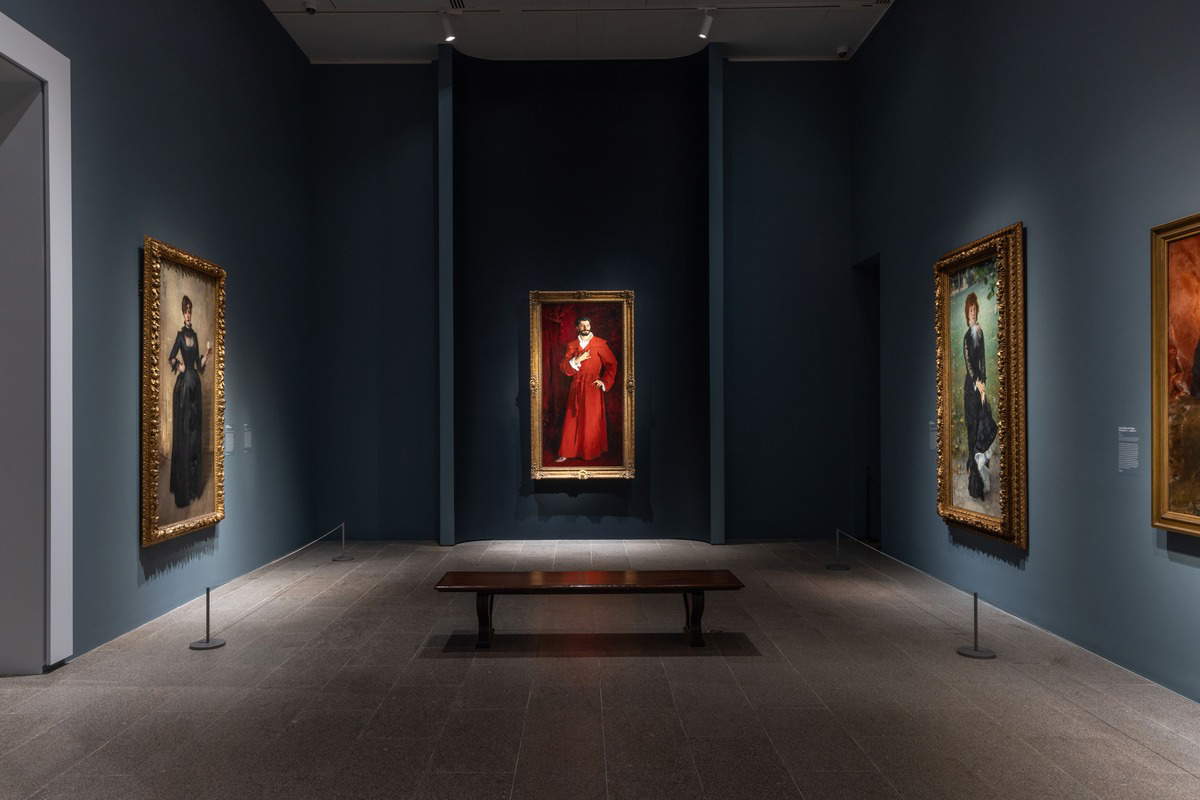
In closing, RSVP: An Invitation to Respond invites visitors to leave a written or drawn reflection on the works in the exhibition. The last section, Uncanny Spectacle, describes the turning point after the scandal: in 1884 Sargent moved temporarily to England, where he experienced new successes. The portrait of Mrs. Albert Vickers marked his redemption and paved the way for his final move to London, while keeping ties with France alive. Sargent continued to exhibit in Paris and to have an intense relationship with the French art world. In 1892 the French government purchased his portrait La Carmencita, marking the official recognition of his greatness in the country that had trained him. In addition to the main exhibition, Emily Sargent: Portrait of a Family will also be on view from July 1 at the Met’s Luce Center. This exhibition focusing on John’s sister Emily Sargent, a talented watercolorist, highlights the family context that nurtured the celebrated painter’s creativity. Works by his mother Mary and John himself are also on display, bearing witness to an artistic dynasty that left a profound mark on art history.
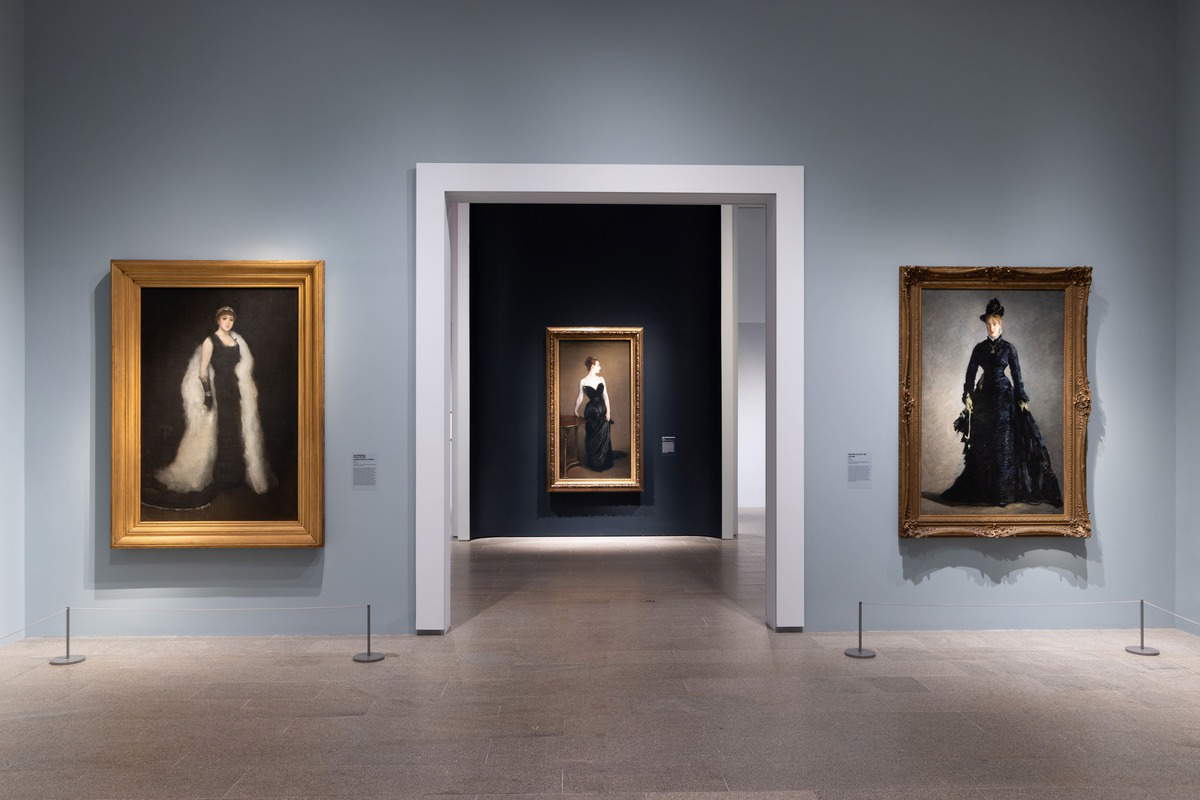
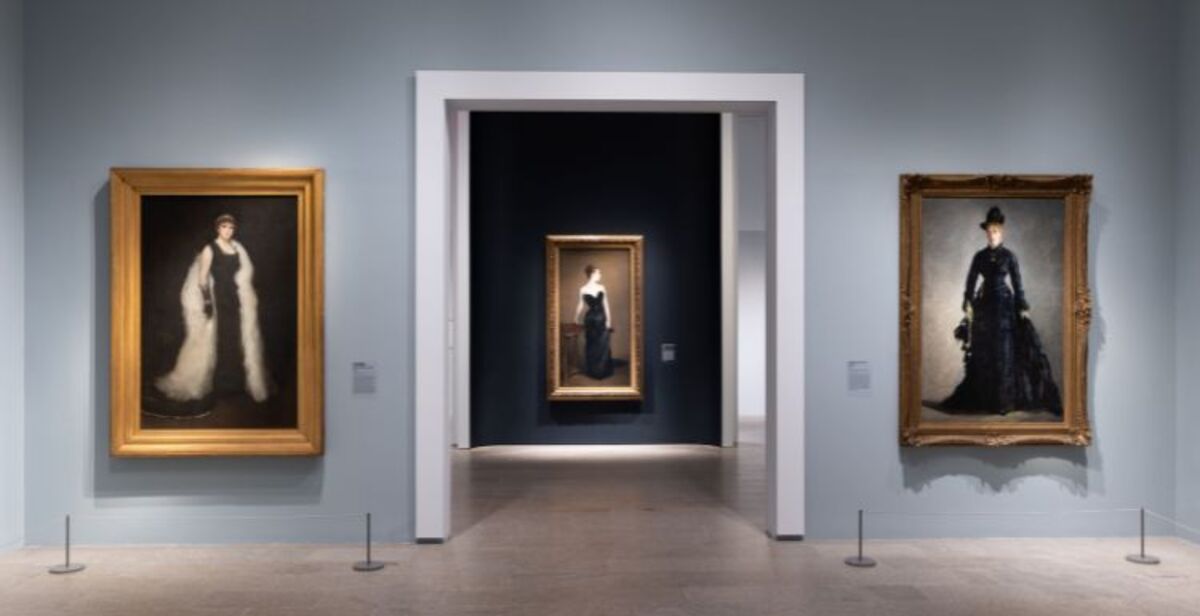 |
| The Met celebrates Sargent with a major exhibition devoted to his Parisian years |
Warning: the translation into English of the original Italian article was created using automatic tools. We undertake to review all articles, but we do not guarantee the total absence of inaccuracies in the translation due to the program. You can find the original by clicking on the ITA button. If you find any mistake,please contact us.